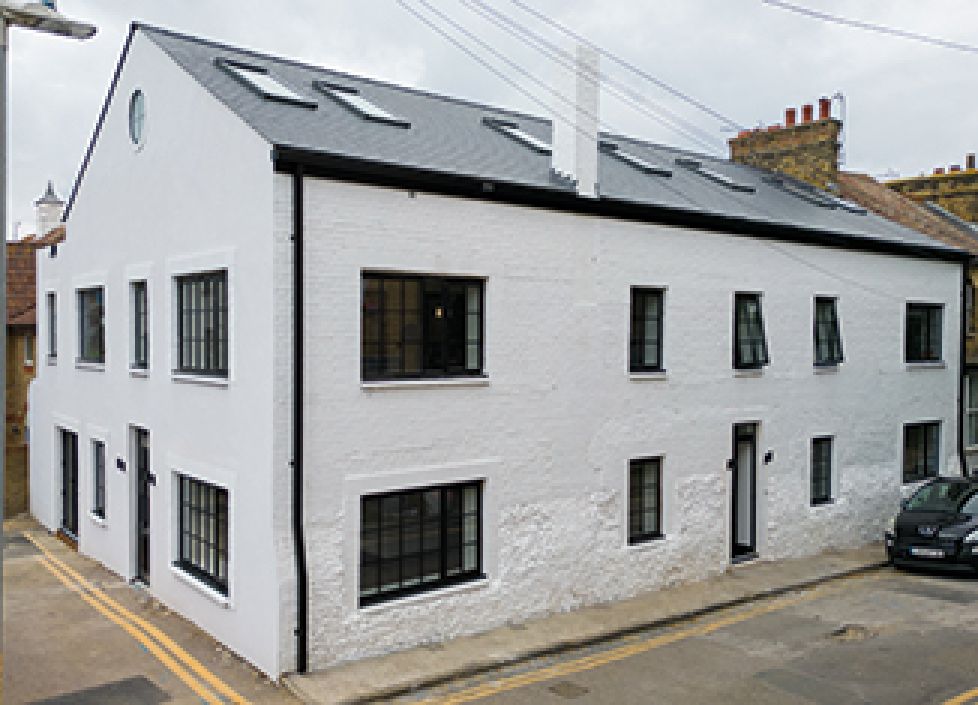Momentum in the UK property market is continuing unabated, despite the end of the stamp duty holiday, according to Zoopla in its monthly House Price Index.
Average UK house prices up by more than £17,500 since the start of the pandemic
UK house prices are continuing on their upward trajectory, now averaging £235,000, according to the Index. This is the highest average UK house price on record, and follows a consistent six-month average increase of £44 per day. This acceleration in growth is up from £30 per day in the six months’ prior (July 2020 - January 2021).
Since February of this year, value increases have ranged from £64 per day in the South East and £63 per day in the South West, to £24 per day in the North East. This equates to almost £12,000 growth for the two southern regions - almost triple that achieved by the North East.
Meanwhile, average house prices are up £23,357 in Cambridge since March 2020, whereas they have fallen by £2,600 in Aberdeen over the same period.
Stamp duty cliff edge fails to materialise
While the stamp duty holiday for England and Northern Ireland concluded following the tapered period at the end of September, there’s no sign that demand or activity is abating, says Zoopla.
The firm added: ‘In fact, the market is continuing to move at its quickest pace for the past five years with the time between listing a property and agreeing a sale consistently averaging under 30 days each month since May. Typically, time to sell would be over 40 days at this time of year. Additionally, buyer demand is still 35% higher than average levels recorded over the last five years.
‘Such buyer appetite is continuing unbridled, despite buyers now likely to miss out on average stamp duty savings of £2,500 based on the average house price - indicating that the tapered SDLT holiday drove limited impetus. Instead, there are bigger factors such as the ‘search for space’ that are driving the market.’
According to Zoopla, buyer demand has increased by 14% in London over the past month as many return to office life. However, demand for houses (up 25%) continues to outpace demand for flats (up 6%).
The firm adds: ‘The acute stock shortage perpetuates, but evidence suggests that more landlords are bringing properties to the sales market. The proportion of homes listed for sale that were previously available for rent has risen to 8% across the UK - up from 3% two years ago. This proportion reaches 13% in London. Some landlords may be crystallising gains to re-invest, and there is further evidence to suggest that investor activity has been on the rise since the start of the pandemic.’
Wales records 10% house price growth
Average annual house price growth rose by 6.1% in August - over double the rate of growth recorded 12 months previously. Wales is recording the highest level of regional price growth at 9.8%, followed by Northern Ireland (8.4%) and the North West of England (+8%).
At a city level, price growth in Liverpool continues to be the highest amongst the UK’s major cities, with average prices up almost 10% in the 12 months to September; meanwhile, annual house price growth in London is 2.2%. This represents a 7.6 percentage point spread between the region with the lowest rate of growth (London) and the region with the fastest (Wales) - one of the widest gaps seen in the last three years, underpinning the multi-speed nature of sales pricing across the country.
Such a disparity is explained in part by the affordability constraints in some regions - particularly London. In the face of strong buyer demand evident since May last year, average home values have risen by a greater margin in regions and towns where property is more affordable.
Gráinne Gilmore, head of research at Zoopla, comments: “The ending of the ‘tapered’ stamp duty holiday has had little impact on buyer demand, which remains higher than typical levels for this time of year. The demand coming from buyers searching for space, and making lifestyle changes after consecutive lockdowns, has further to run.
“Balancing this however, will be the ending of government support for the economy via furlough, and more challenging economic conditions overall, which we believe will have an impact on market sentiment as we move through Q4. We expect the market to remain busy compared to historical norms, and for price growth to remain in firmly positive territory at the end of the year, although lower than current levels of 6.1%. Stock levels will start to rebuild in early 2022 as market activity returns to more normal levels.”



















